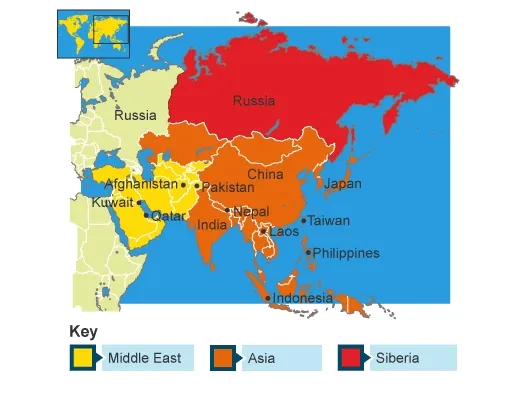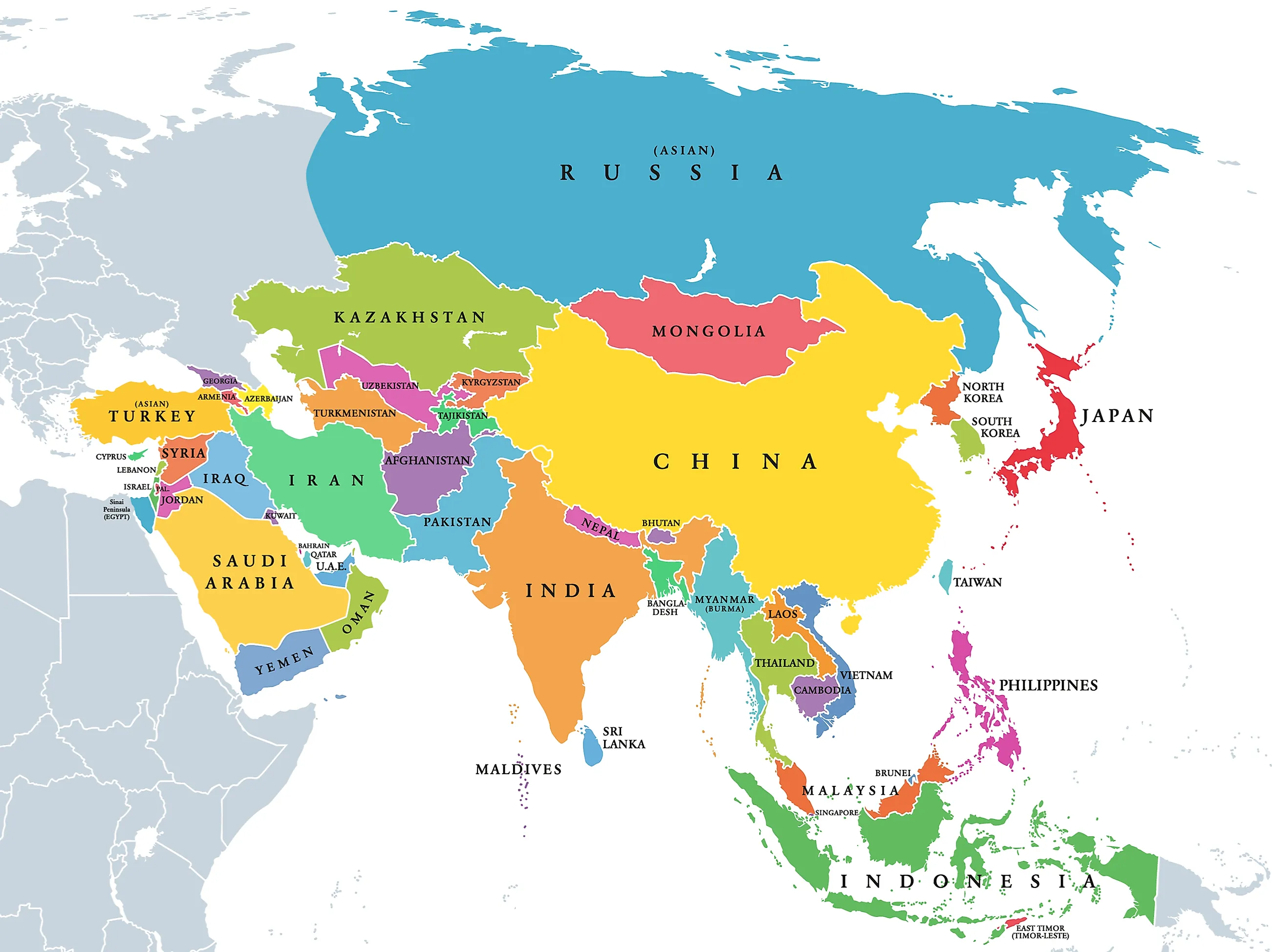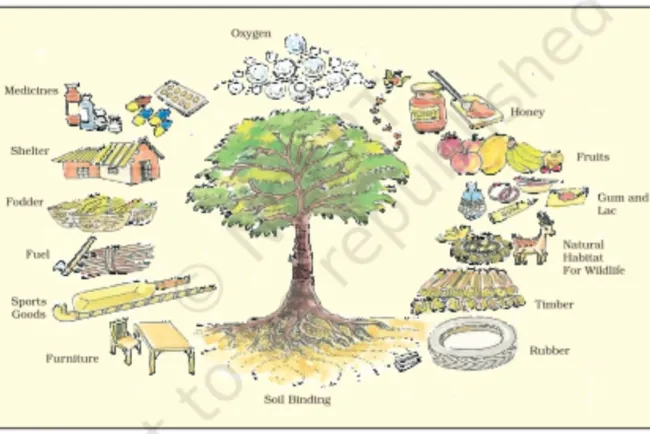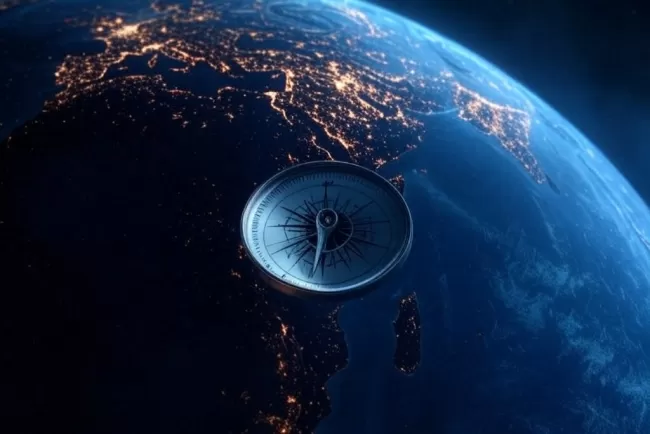Asia: The Continent of Diversity and Contrast...!!!
Asia is a continent of contrasts and diversity, offering a unique blend of ancient traditions and modern advancements. Its rich history, cultural variety, and economic prowess continue to shape the world in profound ways. As Asia navigates its challenges and opportunities, it remains a vital and influential part of the global community.

Asia stands as the largest and most populous continent on Earth, spanning approximately 44.58 million square kilometers. It is home to over 4.6 billion people, making up about 60% of the world's population. Renowned for its remarkable diversity in culture, geography, climate, and history, Asia offers an intriguing mosaic of human civilization and natural wonders.
Geography and Regions
Asia is bounded by the Arctic Ocean to the north, the Pacific Ocean to the east, the Indian Ocean to the south, and Europe and Africa to the west. The continent is often divided into several regions based on geographical, cultural, and historical factors:
-
East Asia: This region includes China, Japan, South Korea, North Korea, Mongolia, and Taiwan. East Asia is known for its rich cultural heritage, technological advancements, and economic powerhouses like China and Japan.
-
Southeast Asia: Comprising countries like Indonesia, Malaysia, Thailand, Vietnam, the Philippines, Singapore, and Myanmar, Southeast Asia is characterized by its tropical climate, diverse cultures, and vibrant economies. The region is also famous for its stunning landscapes, including lush rainforests, beautiful beaches, and ancient temples.
-
South Asia: Encompassing India, Pakistan, Bangladesh, Nepal, Sri Lanka, Bhutan, and the Maldives, South Asia is celebrated for its historical and cultural richness. The region is home to diverse religious traditions, including Hinduism, Buddhism, Islam, and Sikhism.
-
Central Asia: This region includes Kazakhstan, Uzbekistan, Turkmenistan, Kyrgyzstan, and Tajikistan. Central Asia is known for its vast steppes, deserts, and mountains, as well as its historical significance as a crossroads of ancient trade routes, such as the Silk Road.
-
West Asia: Often referred to as the Middle East, this region includes countries like Saudi Arabia, Iran, Iraq, Turkey, Israel, Jordan, and the United Arab Emirates. West Asia is recognized for its rich history, cultural diversity, and significant oil reserves.
-
Northern Asia: Dominated by Russia, Northern Asia encompasses the vast Siberian region, characterized by its harsh climate, extensive forests, and abundant natural resources.
Cultural Diversity
Asia is a melting pot of cultures, languages, and religions. The continent is home to thousands of ethnic groups, each with its own unique traditions, customs, and languages. Some of the major cultural and religious contributions from Asia include:
-
Religions: Asia is the birthplace of many major world religions, including Hinduism, Buddhism, Islam, Confucianism, Taoism, and Sikhism. These religions have shaped the cultural and spiritual lives of millions of people across the continent and beyond.
-
Languages: Asia boasts incredible linguistic diversity, with over 2,300 languages spoken across the continent. Some of the most widely spoken languages include Mandarin Chinese, Hindi, Bengali, Arabic, Japanese, and Indonesian.
-
Cuisine: Asian cuisine is renowned for its variety and richness in flavors. From the spicy curries of India to the delicate sushi of Japan, the continent offers a wide array of culinary delights. Popular Asian dishes include dim sum, pad Thai, pho, kebabs, and biryani.

Economic and Technological Development
Asia is a major player in the global economy, with several countries emerging as economic powerhouses. Key economic features of Asia include:
-
Industrial Growth: Countries like China, Japan, South Korea, and India have experienced rapid industrial growth, making significant contributions to the global manufacturing sector. These countries are known for their advancements in technology, electronics, automotive, and textile industries.
-
Technology and Innovation: Asia is at the forefront of technological innovation, with countries like Japan and South Korea leading the way in robotics, electronics, and information technology. China has also made significant strides in technology, particularly in the fields of artificial intelligence, e-commerce, and telecommunications.
-
Natural Resources: The continent is rich in natural resources, including oil, gas, coal, minerals, and precious metals. West Asia, in particular, is known for its vast oil reserves, which play a crucial role in the global energy market.
-
Trade and Commerce: Asia's strategic location has made it a hub for international trade and commerce. Major trade routes, such as the Silk Road, have historically connected Asia with Europe and Africa, facilitating the exchange of goods, ideas, and cultures.
Challenges and Opportunities
While Asia has made remarkable progress in various fields, it also faces several challenges:
-
Population Growth: The continent's rapid population growth poses challenges related to urbanization, healthcare, education, and infrastructure development.
-
Environmental Issues: Asia is grappling with environmental challenges, including air and water pollution, deforestation, and climate change. Rapid industrialization and urbanization have contributed to these issues.
-
Political Instability: Some regions in Asia are affected by political instability, conflicts, and territorial disputes. These issues can hinder economic development and social progress.
Despite these challenges, Asia holds immense potential for growth and development. The continent's rich cultural heritage, diverse population, and dynamic economies make it a key player in the global arena.
Asia is a continent of contrasts and diversity, offering a unique blend of ancient traditions and modern advancements. Its rich history, cultural variety, and economic prowess continue to shape the world in profound ways. As Asia navigates its challenges and opportunities, it remains a vital and influential part of the global community.
What's Your Reaction?

















